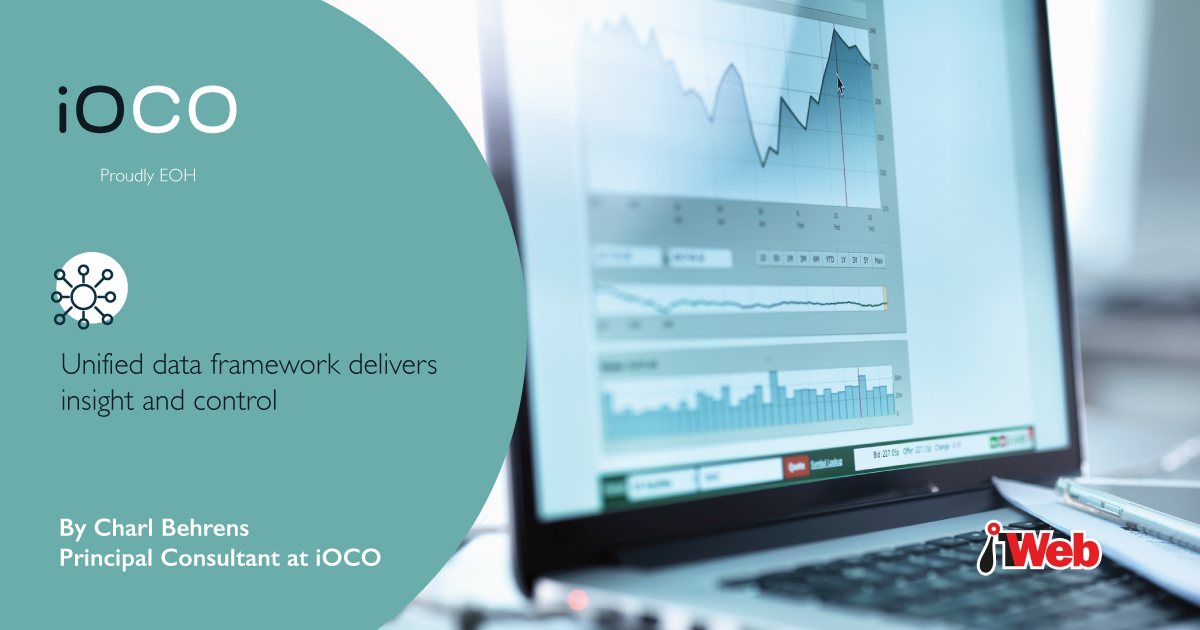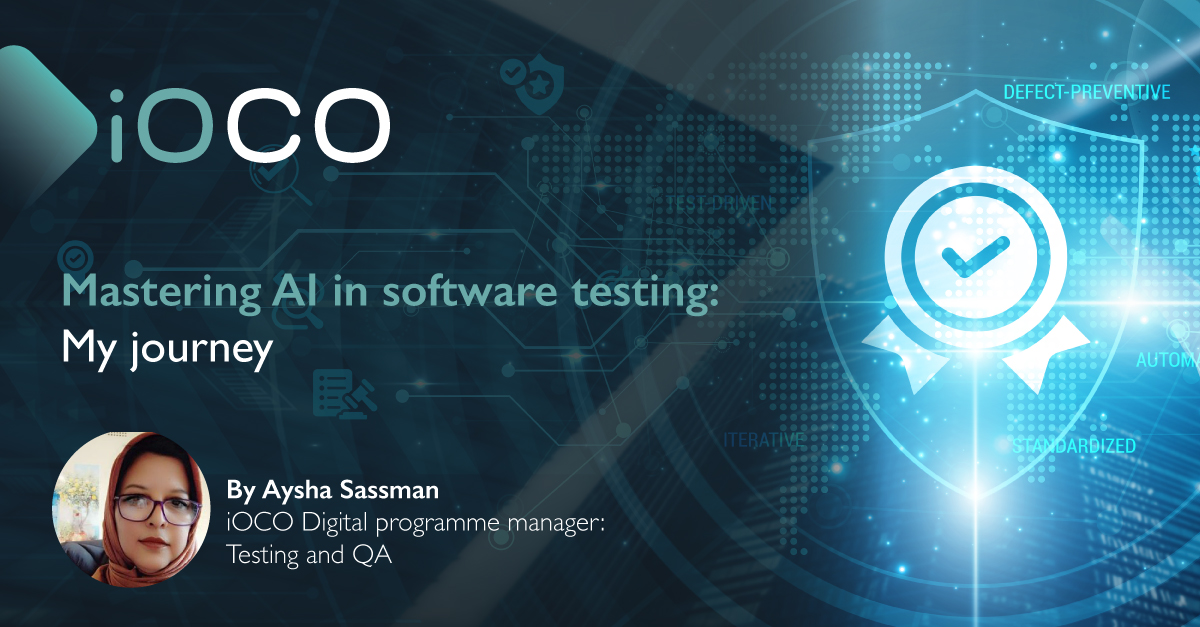We live in a world consumed by data that informs and controls us every day. In this world, the regulatory landscape has become a veritable minefield of constraints that are ignored at your peril.
The financial penalties attached to non-compliance are strict, and the associated reputational damage can deter new and existing customers.
There are three key use cases within regulatory pressures that enterprises are looking to address:
- Data privacy readiness: To ensure they meet the requirements of data privacy mandates, enterprises need to first discover, classify and analyse data based on a contextual understanding of the data elements and document content. This enables further actions such as protection, retention and disposal.
- Test data management: Due to data privacy laws, businesses may no longer use real production data for testing, development, quality assurance, or education. It’s therefore vital to have effective tools to generate anonymised and protected data that will deliver the required outcomes.
- Personal identifiable information/personal data encryption: Technology has a key role in data privacy compliance. After conducting a personal data assessment to understand readiness and risk exposure, companies must apply technology which has been mapped to their risk scenarios, quickly and cost-effectively encrypting data to enable its secure use.
The issue of hybrid models – legacy and cloud
As discussed in my previous article, many businesses opt for a hybrid model of cloud and legacy. This can cause problems as these legacy systems are often unable to keep up with data storage capacity requirements, resulting in application performance deficiencies and increased downtime.
The often inadequate data security of legacy systems makes complying with the relevant regulatory frameworks near impossible.
Additionally, the often inadequate data security of legacy systems makes complying with the relevant regulatory frameworks near impossible. Enterprises must modernise their IT in order to avoid non-compliance fines and severe reputational damage, and enable digital transformation.
IT modernisation contains key areas for consideration that relate to data privacy and protection, namely:
- Data minimisation: Enterprises face higher risk, increased compliance obligations, and higher IT costs by holding on to redundant, outdated data. A deep insight and knowledge of your information is needed to minimise data to support compliance, decrease storage costs, mitigate risk and increase IT efficiency.
- Application retirement: Retiring legacy applications is a key IT modernisation goal. However, the cost and risk of managing and retiring application data is a growing concern for many companies, especially when complying with stringent data protection frameworks and leveraging IT modernisation projects.
- Business-to-consumer payment security: In today’s strict regulatory environment, it’s critical to protect payment data anywhere it moves, or resides, regardless of how it is used. Payment data should be secured at all points of the purchasing process, in storage and in use in applications.
If companies are to keep pace with IT modernisation initiatives, they need to quickly determine what data must be kept, what data holds value and what does not.
Protecting data through the entire lifecycle is both crucial and precise. Experienced security businesspeople understand the need for expert support and the right tools and processes – it’s important that this is also on the radar of all executives in a business.
The data protection ecosystem
This is comprised of staff, partners and customers – essentially all the components that come together to drive competitive differentiation and which collectively can be referred to as “data subjects” whose personal information must be protected.
Data security experts must know how to edit the exponential amount of data they collect. They should understand complex data privacy regulations and delete all data that isn’t needed in order to comply.
Multiple iterations may be needed to get as close as possible to the end result required to achieve the goal – protection. Data must be managed and secured through its entire lifecycle to maximise business value, preserve data integrity, meet regulatory requirements and reduce risk.
For too long the approach taken by many companies has been siloed and incomplete, exposing them to reputational and financial risk. Security professionals need to master the right tools, technologies and processes for the job.
The first step is to choose a subject and composition − that is, to establish the right framework for the business.
Many data protection offerings are little more than point solutions that don’t have the scope, vision or cross-silo analytics needed to address company-wide challenges of cloud adoption, IT modernisation and regulatory pressure.
Organisations must implement a unified framework to deliver insight and control where they need it most, and across the entire data lifecycle.
The company needs to deploy data protection that allows it to manage structured and unstructured data throughout its lifecycle by supporting data privacy and protection through a proactive cyber resilience framework that evolves as the business changes and grows.
Moreover, a framework is required that enhances its intelligence and cyber resilience, protecting against advanced threats at scale.
Finally, through identifying, tracing and learning from cyber threats, the business needs to be empowered to oversee and secure structured and unstructured data, building a resilient culture that grows with the enterprise.



